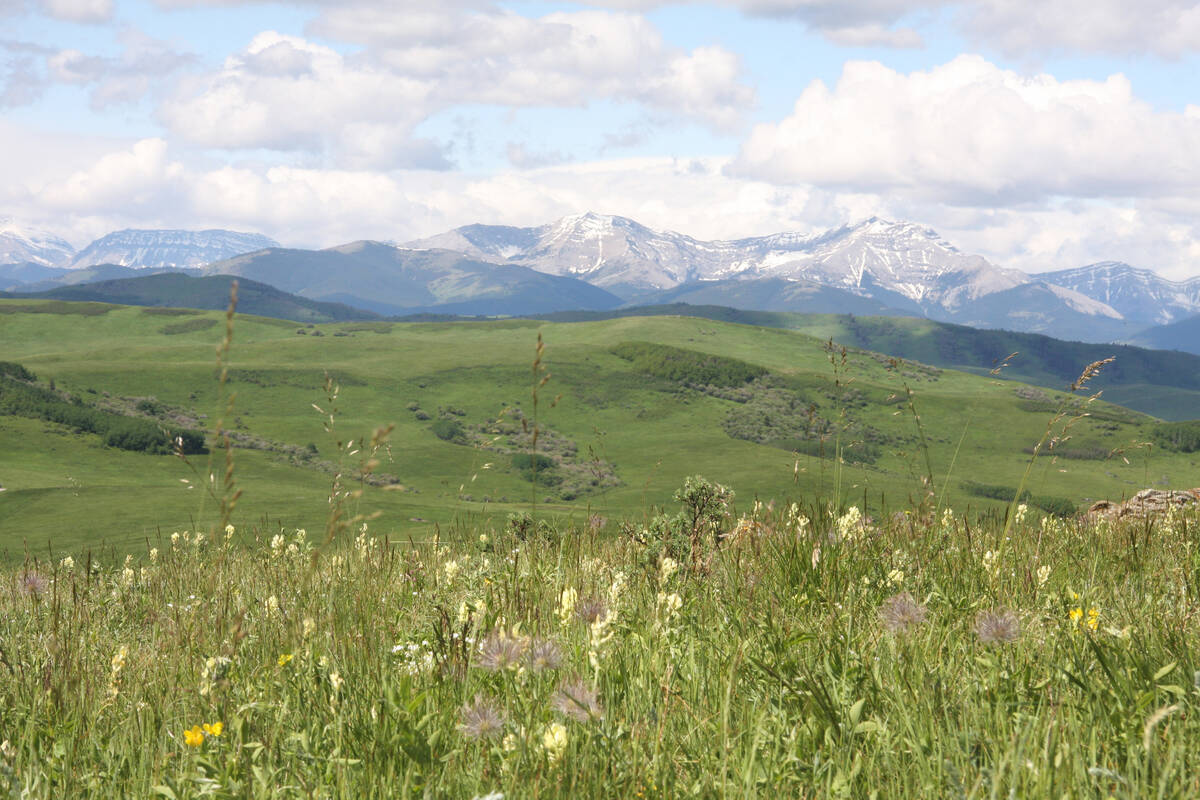The weather across the Canadian Prairies and the U.S. Great Plains has been so hot for so long that crops are suffering.
On the Canadian Prairies, crops that had gotten off to a good start by adequate spring moisture have been turned off by prolonged drought.
Agronomist Phil Thomas of Agritrend in Alberta said the lack of followup rain to back up the spring moisture is lowering yield potential to plants that were structured for big results.
“But some crops are hanging on really well in spite of the heat. It is spotty and depends where you are,” he said.
Read Also

Selenium not deal breaker in coal mining: expert
Environmental scientist weighs in on coal mining debates in Western Canada, explaining selenium and the technologies and practices to lower its concentrations in nearby waterways to coal mining operations
In the United States, crops have been drying up in the Dakotas and Montana and some farmers in the region have started to harvest spring and winter cereals and flax.
Yields are reported as lower than average with good to excellent quality.
On the Prairies, “the heat is getting to the canola with blossom blasting,” Thomas said.
“It will be shutting down the flowering prematurely.”
Canola crops that are damaged at the late bloom and pod stage are unlikely to recover from moderate to severe heat damage.
But crops with a significant amount of bloom may still be able to recover from light to moderate damage, although maturity will be delayed.
Air temperatures in excess of 30 C during flowering can cause flower abortion and reduced pod formation. Gaps on the main stem are indicators that flower blasting has occurred, said Jim Bessel, senior agronomist with the Canola Council of Canada.
The hot days that have reached from Colorado to Manitoba have broken weather records throughout the plains.
Dave Phillips of Environment Canada said the heat wave won’t end soon.
“Temperatures in the 30s aren’t unusual, but this high humidity is.”
Phillips said humidity levels tend to fall as August arrives. He expects the heat to stay, but the moist air to wane.
A combination of air coming from the muggy southeastern United States rather than the dry southwestern deserts, and a ready supply of moisture from a damp prairie spring, are driving up humidity levels and as well as crop disease incidence.
Bessel said fungal infections thrive in crops under these warm, damp conditions.














